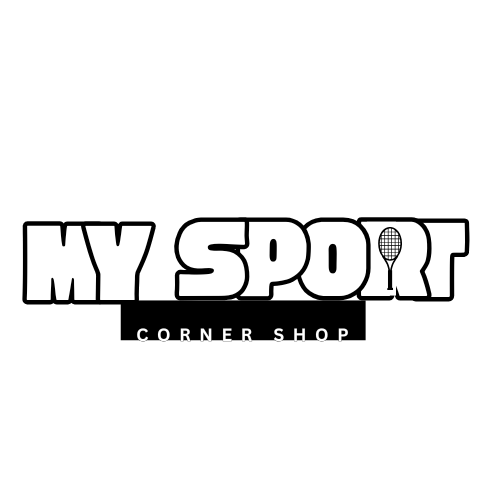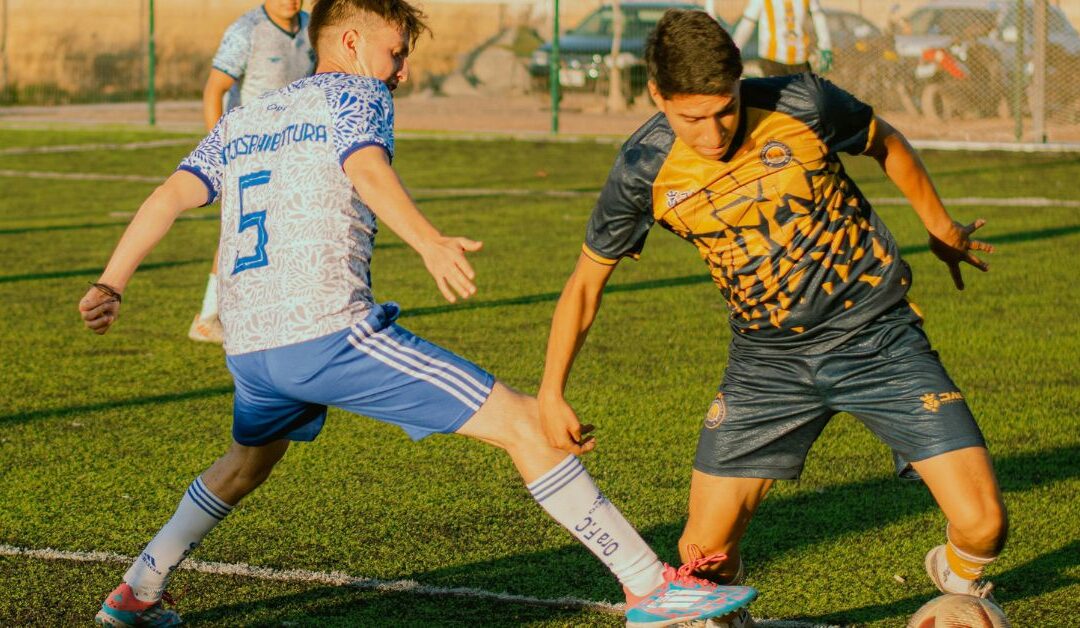Protective gear is often overlooked until an injury happens, but it is essential for safe and effective training. Whether you’re participating in team sports, solo workouts, or outdoor adventures, having the right protective equipment can prevent injuries, enhance performance, and boost confidence. In this guide, you’ll learn which protective gear matters most, how to choose the right items, and tips for incorporating them into your training routine.
Why Protective Gear Should Be a Priority
Sports and fitness activities put strain on muscles, joints, and bones. Protective gear minimizes the risk of injuries such as:
- Sprains, strains, or joint injuries
- Impact injuries from falls or collisions
- Skin abrasions or burns from outdoor or team sports
- Overuse injuries from repetitive motion
Investing in quality protective gear ensures you can train consistently and safely while maximizing performance.
Key Protective Gear Categories
Impact Protection
Essential for sports like cycling, football, or hockey:
- Helmets to protect the head
- Pads for knees, elbows, and shoulders
- Gloves for grip and hand protection
Impact protection reduces injury risk while allowing you to focus on technique and performance.
Joint Supports & Braces
Supports and braces stabilize vulnerable joints during training or recovery:
- Knee and ankle braces provide extra stability
- Wrist and elbow supports reduce strain during lifting or repetitive motion
- Compression sleeves improve circulation and decrease fatigue
Using braces correctly enhances performance and prevents setbacks from injuries.
Sun & Weather Protection
Outdoor athletes need protection beyond impact:
- UV-protective clothing and hats
- Lightweight, breathable layers for hot conditions
- Waterproof or windproof jackets for cold or rainy weather
Weather-appropriate gear ensures you can train comfortably and safely in any season.
Recovery & Ergonomic Gear
Protective gear isn’t just for during workouts:
- Foam rollers, massage balls, and massage guns relieve tight muscles
- Ergonomic supports reduce pressure and strain during movement
- Compression wear aids recovery and improves performance longevity
Recovery tools protect your body long-term and support consistent training.
How to Choose and Use Protective Gear
- Identify Risk Areas: Determine which body parts are most vulnerable in your sport or training routine.
- Select Gear That Matches the Activity: Use helmets for cycling, pads for team sports, and braces for lifting or running.
- Prioritize Fit: Gear should be snug but not restrictive. Ill-fitting equipment can reduce protection or cause discomfort.
- Maintain Your Gear: Inspect for wear, clean regularly, and replace items as needed.
- Combine Gear With Proper Technique: Protective gear enhances safety, but correct form and warm-ups are essential.
Bonus Tip: Invest Strategically
You don’t need every piece of protective gear at once. Start with essentials for your primary activities, then gradually expand based on your training needs. Focus on high-quality items that offer durability and multi-purpose use.
Protective gear is a key component of a safe and effective fitness routine. By choosing the right equipment, ensuring proper fit, and incorporating recovery tools, you can train confidently, reduce injury risk, and stay consistent with your goals.
Prioritize your safety today — explore our other guides on outdoor adventure gear and sports accessories, and join our newsletter for tips on the best protective equipment for your training style.

